The idea that people are "left-brained" or "right-brained" infiltrated esotericism from pop psychology, which to this day asserts that "left-brained" individuals are more analytical while "right-brained" individuals are more creative. Even when I was in college twenty years ago professors were working hard to debunk this notion, but for whatever reason it remained stuck in the popular imagination. Back then, it was known that in Americans language tended to be processed on the left while spatial information tended to be processed on the right - though it should be noted that children who grew up learning Asian languages were much more likely to have language represented on both sides of the brain.
This functional division severely undermines the "creative" designator for the right hemisphere, as it should be obvious that while the creativity of a painter would tend to employ the spatial processing of the right hemisphere, that of a writer would tend to employ the language processing of the left hemisphere. This was the main avenue of attack back in the early 1990's. Since then, brain scanning and related technologies have improved dramatically, giving us the ability to map localized neural functions in real time. Researchers recently ran a study using this technology and found what looks like definitive evidence that the "left-brain/right-brain" dichotomy is essentially meaningless.
So what this means is maybe, just maybe, we can finally let this trope die. The brain is far more complex than what the simplistic models of the 1970's hypothesized, which has many implications for both neuroscience and daily life. For example, a person's handedness won't give you their personality type, and neither will movement cues or any of the other ideas that can be traced back to the "full lateralization" model. While it would be convenient if such shortcuts were available, the science simply does not support the concept that they can be employed in any meaningful way because there is too much individual variation for them to be useful.
Understanding individual brain networks looks to be the new frontier in neuroscience research. As recently as 2004, I wrote up a simple model of brainwave frequencies that I believed could be used to better understand the neural correlates of magical rituals as part of my unpublished manuscript Operant Magick. Reading that alongside James Austin's more recent Zen-Brain Reflections, though, highlights how dismally simplistic that model was simply because it was based on the idea of aggregate brainwaves as opposed to frequencies localized to specific pathways and networks.
So it's back to the drawing board for me too, but that's a good thing. As the long history of the "left-brain/right-brain" model shows, hypotheses constructed from incomplete and unreliable data can sometimes take on a life of their own.
This functional division severely undermines the "creative" designator for the right hemisphere, as it should be obvious that while the creativity of a painter would tend to employ the spatial processing of the right hemisphere, that of a writer would tend to employ the language processing of the left hemisphere. This was the main avenue of attack back in the early 1990's. Since then, brain scanning and related technologies have improved dramatically, giving us the ability to map localized neural functions in real time. Researchers recently ran a study using this technology and found what looks like definitive evidence that the "left-brain/right-brain" dichotomy is essentially meaningless.
"It's absolutely true that some brain functions occur in one or the other side of the brain. Language tends to be on the left, attention more on the right. But people don’t tend to have a stronger left- or right-sided brain network. It seems to be determined more connection by connection," study researcher Jeff Anderson, M.D., Ph.D., said in a statement.
Anderson and his colleagues, who published their new study in the journal PLOS ONE, looked at brain scans from 1,011 people between ages 7 and 29. All the study participants were part of the International Neuroimaging Data-Sharing Initiative, and they had their brain scans taken with a functional connectivity MRI while their brains were in a resting state for five to 10 minutes.
Researchers looked for something called "lateralization," which is the idea that certain mental processes occur mainly in either the right or left hemisphere of the brain. They divvied up the brain into 7,000 regions, to see if any brain connections between regions were left-lateralized or right-lateralized.
So what this means is maybe, just maybe, we can finally let this trope die. The brain is far more complex than what the simplistic models of the 1970's hypothesized, which has many implications for both neuroscience and daily life. For example, a person's handedness won't give you their personality type, and neither will movement cues or any of the other ideas that can be traced back to the "full lateralization" model. While it would be convenient if such shortcuts were available, the science simply does not support the concept that they can be employed in any meaningful way because there is too much individual variation for them to be useful.
Understanding individual brain networks looks to be the new frontier in neuroscience research. As recently as 2004, I wrote up a simple model of brainwave frequencies that I believed could be used to better understand the neural correlates of magical rituals as part of my unpublished manuscript Operant Magick. Reading that alongside James Austin's more recent Zen-Brain Reflections, though, highlights how dismally simplistic that model was simply because it was based on the idea of aggregate brainwaves as opposed to frequencies localized to specific pathways and networks.
So it's back to the drawing board for me too, but that's a good thing. As the long history of the "left-brain/right-brain" model shows, hypotheses constructed from incomplete and unreliable data can sometimes take on a life of their own.













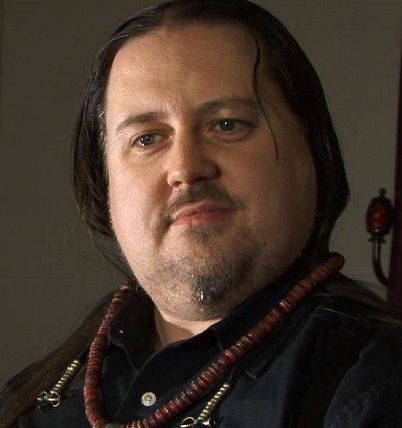

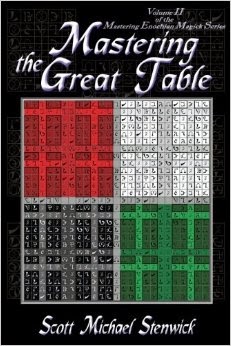


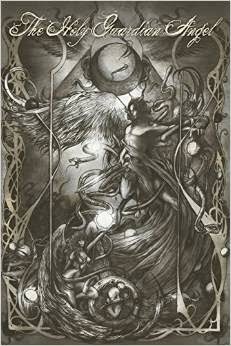

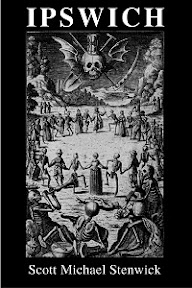
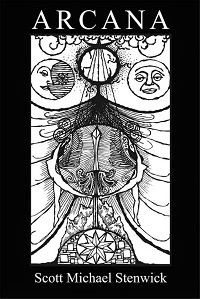

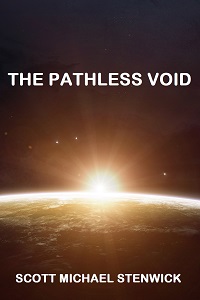

4 comments:
This trope will die the same day that we see the end of the "We only use ten percent of our brain" trope does.
Yes! That's another one that drives me up a wall. Most people who throw it around have no idea that it likely was derived from a psychology textbook published in 1917(!) by William James. So in four years it celebrates its centennial.
Let's hope left-brain/right-brain doesn't last quite that long.
They should find a way of measuring the corporeal soul!
Oh, I wish they would. I'd buy one in a heartbeat if such a thing became available. It would make measuring magical effects so much easier.
Post a Comment